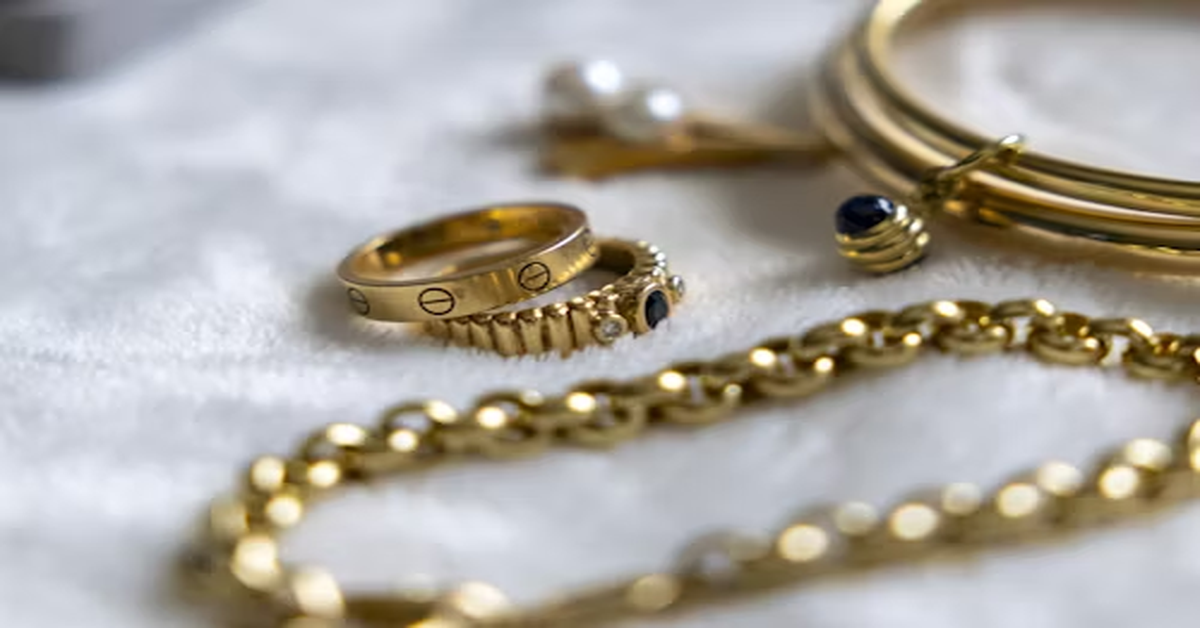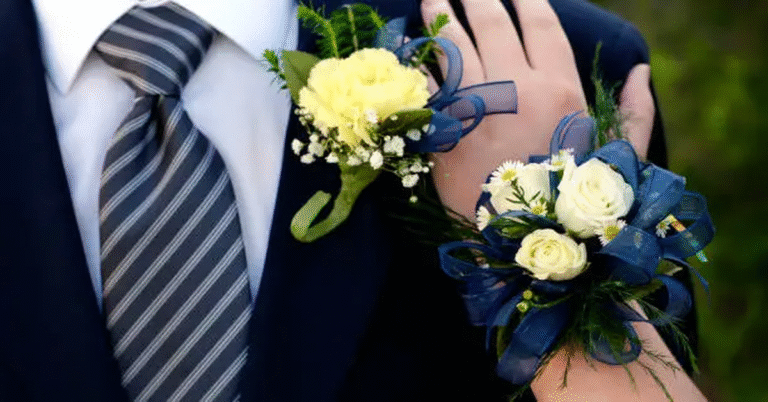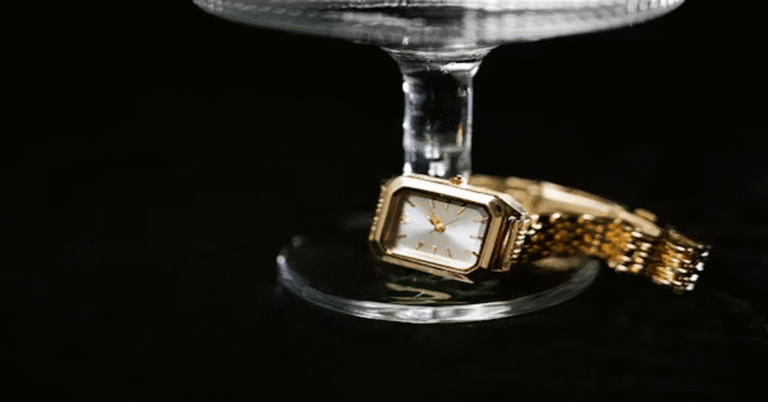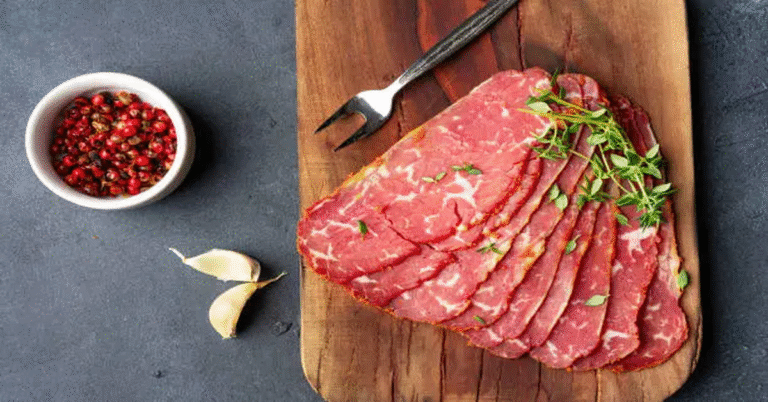
Jewelry has always held a special place in human culture, representing not only beauty and style but also connection, tradition, and meaning. From ancient civilizations to modern times, people have adorned themselves with ornaments made of metals, stones, and gems to celebrate milestones, express identity, and demonstrate social or personal values. Among the many forms of jewelry available today, one unique and increasingly popular trend is permanent jewelry. Unlike traditional pieces that can be taken off at will, permanent-jewelry is designed to stay with the wearer indefinitely, creating both a symbolic and aesthetic bond that goes beyond standard accessories.
Permanent jewelry is welded directly onto the wearer’s wrist, ankle, or neck, creating a piece that cannot be removed without cutting. This characteristic sets it apart from conventional jewelry, which usually comes with clasps or fastenings. The idea of something that stays on permanently carries deep symbolic weight, often representing unbreakable relationships, enduring commitments, or a personal reminder of strength and resilience.
In this long and comprehensive article, we will dive into every aspect of permanent-jewelry. We will explore its history, symbolic significance, design types, materials used, the process of application, its benefits and drawbacks, and practical considerations such as care and maintenance. Additionally, we will analyze how permanent jewelry compares with traditional pieces, its cultural relevance, and the reasons behind its growing popularity. By the end, you will have a complete understanding of permanent jewelry and what makes it such an intriguing modern trend.
What is Permanent Jewelry?
Permanent jewelry refers to bracelets, necklaces, or anklets that are custom-fitted and welded shut onto the wearer’s body. Unlike typical jewelry that uses clasps, these pieces remain closed indefinitely. The jewelry is usually made from durable, high-quality metals like gold or sterling silver, ensuring it remains safe and comfortable for long-term wear.
The concept may sound new, but it has roots in older traditions where jewelry was meant to symbolize unbreakable bonds. The modern revival has gained momentum in fashion-forward circles and among individuals who seek unique and meaningful accessories.
Permanent-jewelry is not necessarily painful or medical in nature; the welding process is quick, safe, and painless. A professional jeweler uses a small arc welder to connect the ends of a chain, creating a seamless look that rests on the body like a natural extension of the wearer’s personal style.
History and Symbolism of Permanent Jewelry
The idea of adornment that is continuous and enduring is not new. Many ancient societies used metal bangles, chains, and amulets as protective charms or lifelong symbols of loyalty and connection. For example:
- Ancient Egypt: Jewelry was often buried with the deceased, symbolizing eternal connection.
- Indian Culture: Bangles and anklets were traditionally worn as signs of lifelong marital commitment.
- African Tribes: Permanent adornments often symbolized status, heritage, and rites of passage.
Modern permanent jewelry takes inspiration from these traditions but blends them with contemporary minimalism and fashion sensibilities. Today, permanent jewelry is often exchanged between friends, couples, or family members as a physical expression of commitment and togetherness.
The Process of Getting Permanent Jewelry
The application of permanent jewelry is relatively simple but requires professional expertise.
Step-by-Step Process
- Consultation: The jeweler discusses with the client what type of jewelry they want (bracelet, anklet, or necklace) and helps choose the material and chain style.
- Sizing: The piece is measured and cut to fit perfectly on the wearer.
- Welding: The two ends of the chain are welded together using a precision welder, creating a seamless bond.
- Final Adjustment: The jeweler checks for comfort and ensures that the chain sits correctly.
- Completion: The process takes only a few minutes, is painless, and does not involve heat touching the skin.
Tools Used
- Arc Welder: A small machine used to fuse the ends of the chain.
- Protective Gear: Safety glasses to shield the eyes during welding.
- Measuring Tools: To ensure the jewelry fits snugly but comfortably.
This process is safe and minimally invasive, making it accessible to a wide range of people.
Materials Used in Permanent Jewelry
Permanent jewelry must be crafted from metals that are hypoallergenic, durable, and resistant to tarnishing.
Common Materials
| Material | Characteristics |
|---|---|
| 14K or 18K Gold | Durable, tarnish-resistant, hypoallergenic, long-lasting. |
| Sterling Silver | Affordable, stylish, but prone to tarnishing without proper care. |
| Platinum | Extremely durable, resistant to scratches, but more expensive. |
| White Gold | Stylish and modern, though may require re-plating over time. |
| Rose Gold | Popular aesthetic choice, combines durability with unique color tones. |
The choice of material reflects both style and budget, but most jewelers recommend gold for its durability.
Types and Styles of Permanent Jewelry
Permanent jewelry is customizable, offering a variety of chain styles, thicknesses, and lengths to suit personal preference.
Popular Types
- Bracelets: The most common form of permanent jewelry, symbolizing friendship, love, or personal milestones.
- Anklets: Often chosen for their unique placement, representing free spirit or individuality.
- Necklaces: Less common due to higher visibility but equally meaningful for personal symbolism.
Chain Styles
- Cable Chain: Simple, elegant, and timeless.
- Rope Chain: Twisted design for added texture.
- Figaro Chain: Alternating short and long links.
- Box Chain: Square links for modern aesthetics.
- Paperclip Chain: Minimalist and trendy look.
Table: Types vs Symbolism
| Type | Symbolism |
|---|---|
| Bracelet | Friendship, love, shared commitment. |
| Anklet | Freedom, individuality, adventurousness. |
| Necklace | Intimacy, closeness to heart, memory. |
Benefits of Permanent Jewelry
Permanent jewelry provides a wide range of benefits that go beyond simple aesthetics.
1. Symbolic Value
Permanent jewelry often serves as a reminder of special relationships or life events. Couples and friends use it as a symbol of bonds that cannot be broken.
2. Convenience
Without clasps, there is no need to take the jewelry on and off. This convenience makes it a practical choice for those who like minimalist accessories.
3. Durability
Using high-quality metals ensures that the jewelry is long-lasting, resisting tarnish and wear.
4. Personalization
Since the jewelry is custom-fit and often welded in a specific style, it reflects individuality.
5. Fashion Statement
Permanent jewelry is trending as a minimalist yet stylish choice, appealing to people who want elegance without complexity.
Drawbacks and Considerations
While appealing, permanent jewelry is not without its challenges.
- Removal: The only way to remove it is by cutting the chain, which requires tools.
- Allergies: Some metals may cause skin irritation for sensitive individuals.
- Cost: While not as expensive as high-end pieces, gold permanent jewelry can be costly.
- Lifestyle Limitations: Athletes or medical professionals may find permanent-jewelry inconvenient.
- Maintenance: Although durable, metals like silver may tarnish over time.
Caring for Permanent Jewelry
Even though permanent jewelry is designed to last, proper care ensures it stays beautiful.
Maintenance Tips
- Clean Regularly: Use mild soap and water or jewelry-safe cleaners.
- Avoid Harsh Chemicals: Chlorine, bleach, and detergents can damage metals.
- Polish Occasionally: To maintain shine, especially for silver.
- Check Fit: Ensure the chain does not tighten uncomfortably due to body changes.
- Professional Cleaning: Visit a jeweler for deep cleaning every 1–2 years.
Permanent Jewelry vs Traditional Jewelry
| Aspect | Permanent Jewelry | Traditional Jewelry |
|---|---|---|
| Wearability | Worn continuously without removal. | Can be removed or switched easily. |
| Symbolism | Represents permanence, commitment, or memory. | Often symbolic but not necessarily lasting. |
| Maintenance | Requires regular cleaning but always on the body. | Easier to clean since removable. |
| Fashion Flexibility | Limited since it cannot be changed often. | High flexibility in matching outfits. |
| Durability | Highly durable if made from gold or platinum. | Varies depending on material. |
This comparison highlights that permanent jewelry is less about variety and more about meaning and commitment.
Cultural and Social Relevance
Permanent jewelry has gained momentum due to both cultural shifts and fashion trends.
- Couples and Friendships: Used as a modern alternative to promise rings or friendship bracelets.
- Minimalist Aesthetics: Fits perfectly into the minimalist fashion trend of the 2020s.
- Experiential Purchases: More people are spending money on experiences rather than items; the process of welding jewelry is often seen as an experience itself.
- Social Media Influence: Platforms like Instagram and TikTok have popularized permanent jewelry as a trendy choice.
Conclusion
Permanent jewelry is more than an accessory; it is a lasting expression of style, symbolism, and connection. Its appeal lies in its simplicity, durability, and the emotional weight it carries. Whether chosen as a symbol of love, friendship, or personal strength, permanent jewelry has carved a unique niche in the fashion world.
While it requires thoughtful consideration due to its permanence, those who embrace it find it a meaningful addition to their lives. With proper care and the right material, permanent jewelry can serve as both a stylish and sentimental piece that endures the test of time.
FAQs
Q1: What is the main difference between permanent and regular jewelry?
Permanent jewelry is welded shut and designed to stay on indefinitely, unlike regular jewelry, which can be removed.
Q2: Is the process of getting permanent jewelry painful?
No, the welding process is quick and painless, as the heat never touches the skin.
Q3: Can permanent jewelry be removed if necessary?
Yes, but it must be cut off with scissors or wire cutters, usually by a jeweler.
Q4: What materials are best for permanent jewelry?
14K or 18K gold is most recommended for its durability and hypoallergenic qualities, though silver and platinum are options.
Q5: Is permanent jewelry safe to wear every day?
Yes, permanent jewelry is safe for daily wear, but it requires regular cleaning and attention to avoid tarnish or irritation.





